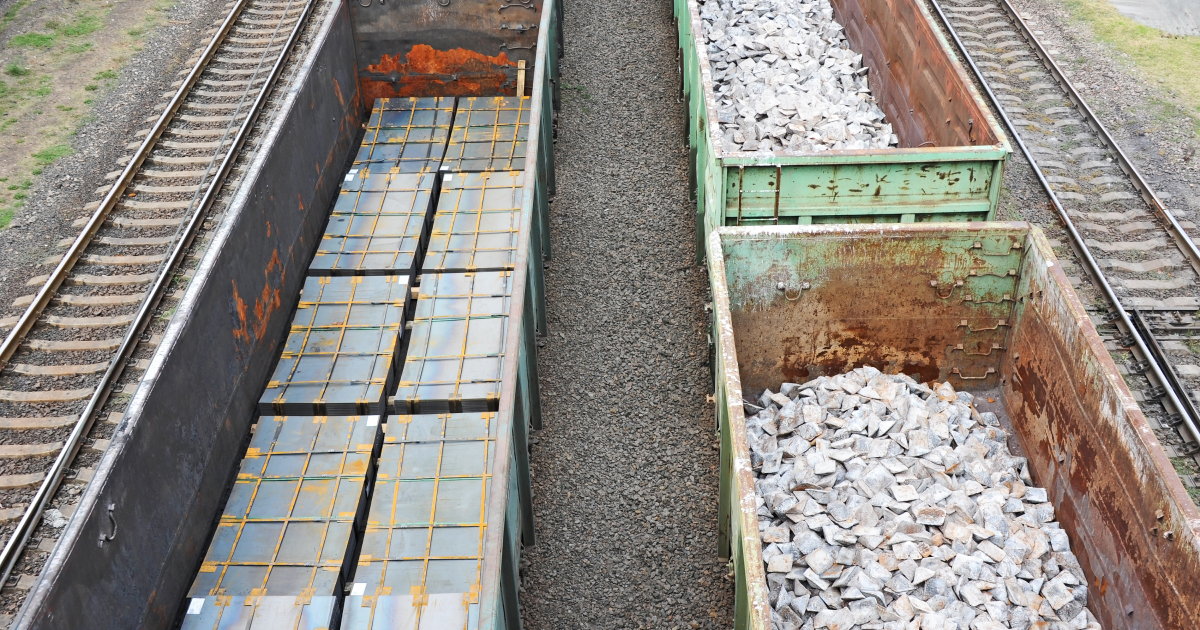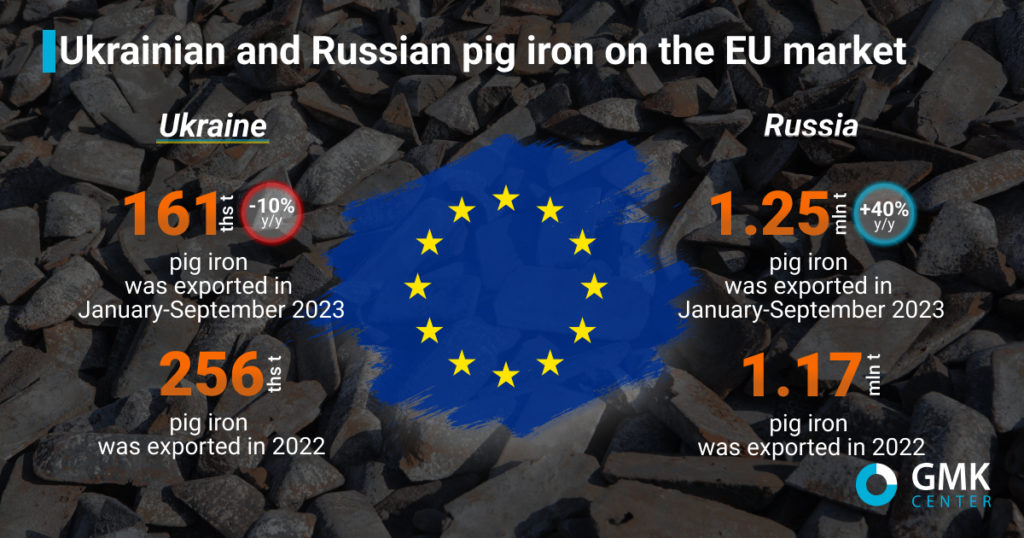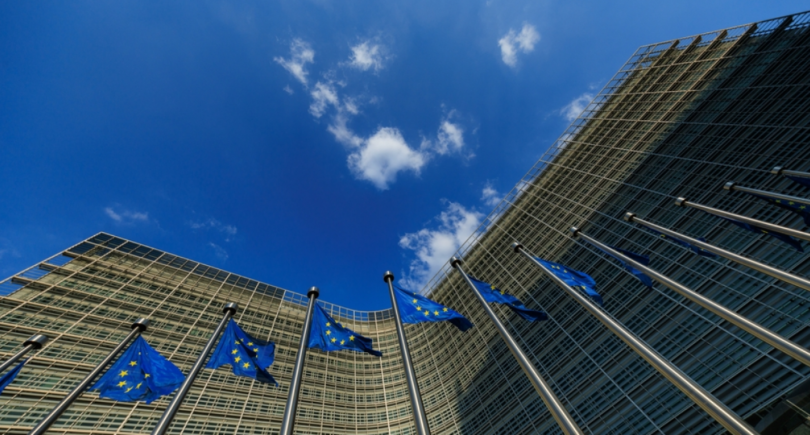
News Global Market EU 1825 16 November 2023
In January-September 2023, EU increased the import of pig iron from the Russian Federation by 40% y/y
The European Union (EU) plans to impose restrictions on imports of pig iron and other goods from Russia as part of the 12th package of sanctions against the aggressor country. Bloomberg and Politico report this with reference to the relevant documents.
The 12th package of sanctions is expected to include a ban on exports to the EU of other iron and steel products, including copper, aluminum wire, foil and pipes. The proposal also includes new restrictions on Russian liquefied propane.
In January-September 2023, the European Union imported 1.25 million tons of pig iron from Russia, up 40% compared to the same period in 2022. At the same time, in 2022, imports of the relevant products by European consumers amounted to 1.17 million tons, i.e. in just 9 months of 2023, the EU increased consumption of Russian pig iron by 6% compared to 12 months of 2022.
Deliveries of Ukrainian pig iron to the EU for January-September 2023 amounted to only 160.94 thousand tons, which is 10% less y/y. In 2023, Ukraine will probably reduce the export of theses products to the EU, since the average monthly export for 2023 is 17.9 thousand tons, and in 2022 the deliveries amounted to 255.5 thousand tons. That is, in 3 months, Ukrainian suppliers will not have time to ship about 100,000 tons of pig iron to the EU in order to reach at least the level of 2022.

At the same time, Ukraine has enough capacity to replace Russian suppliers of pig iron on the EU market. Currently, the Ukrainian steel industry produces the relevant products at:
- ArcelorMittal Kryvyi Rih – 4 blast furnaces (one with a capacity of 3.5-4 thousand tons of pig iron per day is currently in operation);
- Kametstal – 3 blast furnaces with a nominal capacity of 4.35 million tons (two of them are in operation);
- Zaporizhstal – 4 blast furnaces for 3.8 million tons (now three furnaces are in operation).
However, Russian pig iron is more profitable for European consumers due to the discount prices offered by Russian steelmakers to compete on global markets. EU steelmakers continue to take advantage of this, despite the fact that such actions finance Russia’s war in Ukraine.
In January-September, Ukraine’s iron and steel industry produced 4.39 million tons of pig iron, down 19.5% y/y. During this period, 1.06 million tons of products were exported, down 1.6% y/y. Thus, the industry currently produces a significant portion of pig iron for its own needs, but increased demand from the EU in the event of a ban on imports from Russia will allow Ukrainian capacities to be utilized at a higher percentage than they are now (50-75%).
Also, the 12th package of sanctions is expected to include a ban on exports to Russia of European machine tools and parts for equipment used by the Russian industry to produce weapons in the war against Ukraine. The banned goods will also include components and raw materials for the production of drones.
According to the draft, the package also provides for a ban on diamonds of Russian origin from January 1, 2024, and the gradual introduction of an indirect ban on imports of Russian diamonds processed in third countries. The document contains plans to strengthen control over price limits for Russian oil.
EU member states are planning to discuss the proposals this week. It is not known when the sanctions will officially take effect, but it is expected to happen in mid-December or by the end of the year at the latest.
As GMK Center reported earlier, within the framework of the 11th package of sanctions against the Russian Federation, the EU have tightened restrictions on the import of steel goods to the bloc. The new requirements will come into effect on September 30, 2023.




